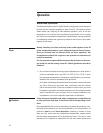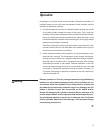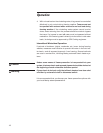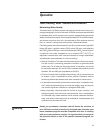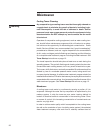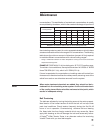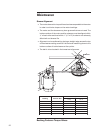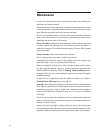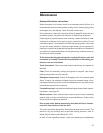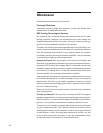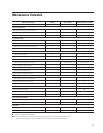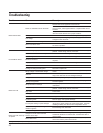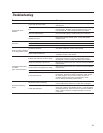
24
Maintenance
or worn out components. Use of high-pressure water may damage the
eliminator and louver material.
Observe operation of the oat valve. Depress the operating lever to make
sure that the valve is operating freely. Inspect the suction screen for plug-
ging. Remove any debris that may have accumulated.
Check for any buildup of silt on the oor of the cold water basin. Mentally
make note of the amount, if any, so future inspections will enable you to
determine the rate at which it is forming.
Every 3 months: Lubricate fan shaft bearings. While rotating equipment
by hand, grease the bearings until a bead forms around the seals—a
maximum charge of 0.55 ounces is recommended. Chevron SRI-2 grease
is recommended.
Every 6 months: Check belt tension and condition.
Check makeup oat valve seals—replace as required.
If equipped with inlet ow control valve, grease valve stem guide—fully
open and close—return to original position and lock.
Clean and disinfect cooling tower with biocides. Systems with biofoul-
ing, high general bacterial counts, or positive cultures of legionella may
require additional cleaning. Refer to Cooling Tower Cleaning section
on page 19 Consult your water treatment expert as to prudent biological
evaluation testing.
If basin silt level is signicant, drain the basin and clean it out. Refer to
Cooling Tower Cleaning section on page 19.
Annually: Relubricate motor. Refer to motor manufacturer’s recommenda-
tions. Remove grease ll and relief plugs from front of motor and remove
hardened grease with a wire or similar item, Add grease until grease is
forced out at relief hole. Replace ll plug, run
1
⁄2 to 1 hour and replace
relief plug.
Check to see that all bolts are tight in the fan and mechanical equipment
region, including the fan cylinder and fan guard. Use torque settings pre-
scribed in the fan manual.
Inspect the tower thoroughly, making maximum use of instructions given
in the separate service manuals. Check structural bolted connections and
tighten as required. Make preventive maintenance repairs as necessary.



